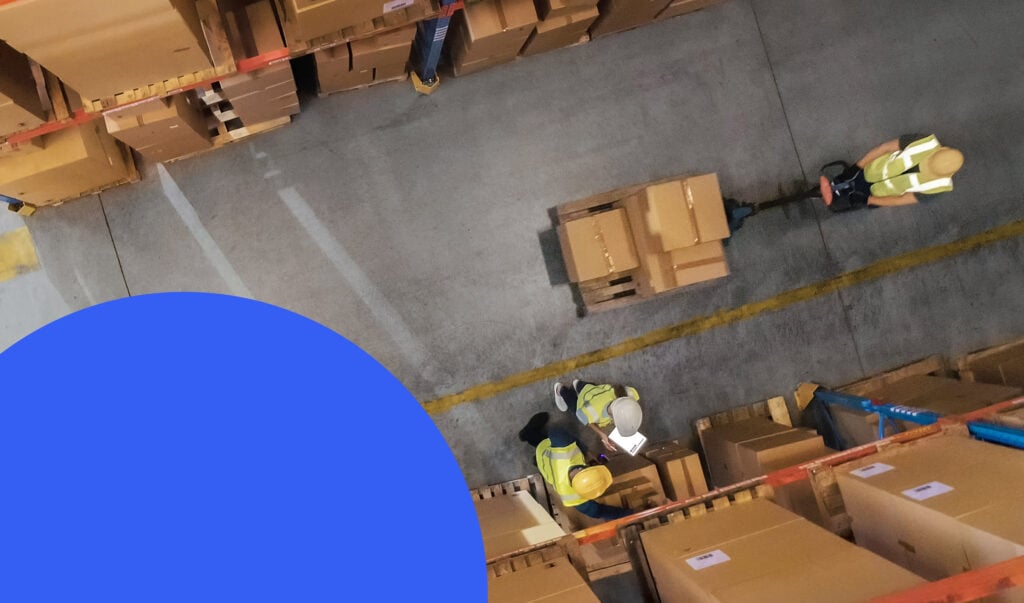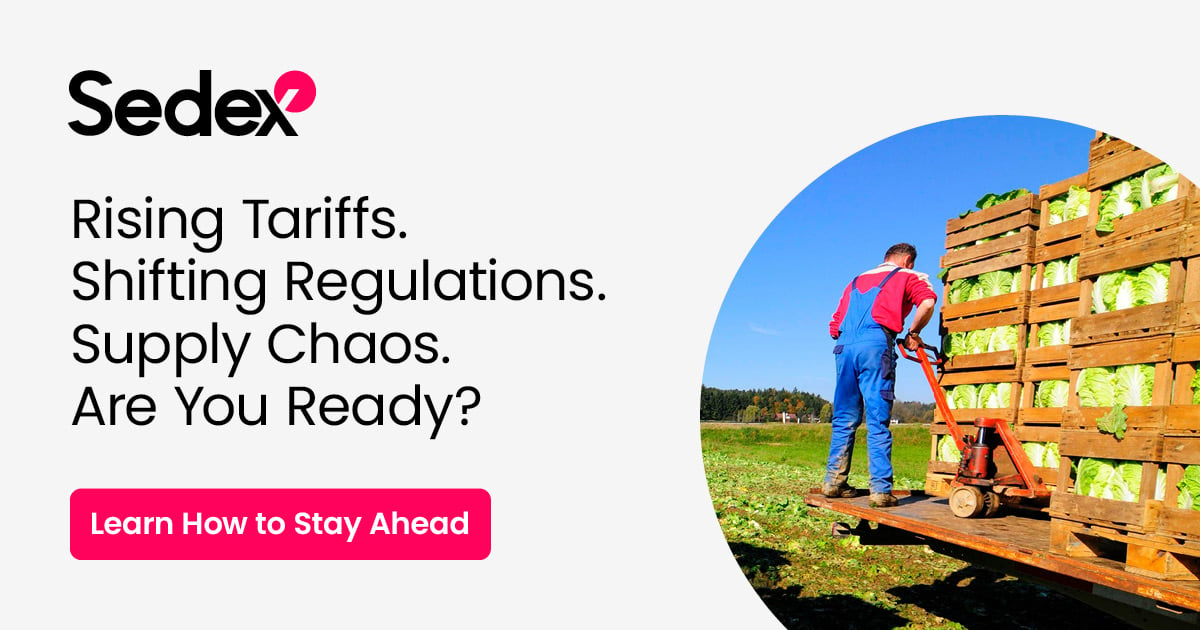Modern Slavery in Supply Chains: A Guide for Businesses
Modern slavery in supply chains is a pressing ethical and commercial issue. An estimated 27.6 million people are trapped in forced labour worldwide. Much of this exploitation happens deep in supply chains, far from the boardroom’s gaze. Addressing it is both a moral imperative and a legal requirement for companies operating in jurisdictions such as the UK, Australia and Canada.
What is modern slavery in supply chains?
Modern slavery occurs when workers anywhere in a supply chain – from mines and farms to factories and warehouses – are forced to work under threats, violence or deception. They cannot refuse or leave without facing harm. The UK Government describes modern slavery as exploitation a person cannot refuse or leave because of threats, coercion or deception. Within this broad category, the International Labour Organization defines forced labour as work exacted “under the menace of any penalty” that the person has not voluntarily offered.
Of the 27.6 million people trapped in forced labour, about 17.3 million work in the private economy – making goods and services that flow through international supply chains. A further 3.9 million are exploited under state imposed forced labour. Supply chain complexity enables this abuse: multitiered networks often span countries with poor labour enforcement, making exploitation hard to spot.
Which industries are most at risk?
Certain sectors carry higher risks because they rely on low skilled labour, subcontracting and production in regions with weak labour protections.
- Fashion and apparel: Spinning mills, garment factories and cotton farms are hotspots.
- Agriculture: Crops such as coffee, cocoa, palm oil and seafood often involve forced labour. Migrant and seasonal workers are vulnerable to wage theft and confiscated passports.
- Electronics: Smartphones and laptops depend on minerals like cobalt mined under abusive conditions. Assembly plants have reported excessive overtime and withheld wages.
- Construction: Fast-growing building markets frequently employ migrant workers who are tied to debts and have their identity documents seized.
- Hospitality and services: Hotels, restaurants and cleaning services sometimes hide domestic servitude and other labour abuses.
Knowing where risks concentrate allows businesses to prioritise due diligence.
Indicators of forced labour
The ILO lists 11 warning signs of forced labour. Businesses and auditors should watch for these:
1. Abuse of vulnerability
2. Deception
3. Restriction of movement
4. Isolation
5. Physical or sexual violence
6. Intimidation and threats
7. Retention of identity documents
8. Withholding wages
9. Debt bondage
10. Abusive living or working conditions
11. Excessive overtime
To learn more about each red flag, see Sedex’s guide to the indicators of forced labour. Auditors should interview workers confidentially in their own language to uncover hidden exploitation.
Legal obligations and compliance
Several jurisdictions now require companies to report on modern slavery risks:
- United Kingdom: Under section 54 of the Modern Slavery Act 2015, commercial organisations with an annual turnover above £36 million must publish a modern slavery statement. For guidance on meeting these requirements, read Sedex’s article on complying with the UK Modern Slavery Act.
- Australia: The Modern Slavery Act 2018 covers entities earning at least AU$100 million, requiring annual statements on risks and responses.
- Canada: The Fighting Against Forced Labour and Child Labour in Supply Chains Act (2024) obliges certain entities to report on labour risks and mitigation measures.
- European Union: A proposed directive on corporate sustainability due diligence will require large companies to conduct human rights and environmental due diligence.
These laws demand more than tickbox compliance. Companies must map their supply chains, assess risks, engage with suppliers and publish honest accounts of both successes and challenges. Sedex explains what an effective modern slavery statement should include and how to prepare one.
How businesses can prevent modern slavery
A meaningful response requires a structured approach:
1. Map your supply chain: Understand where materials come from and who your indirect suppliers are. Visibility is the first step toward accountability. Sedex offers a straightforward guide on supply chain mapping.
2. Conduct risk assessments: Focus on highrisk sectors, regions and labour practices. Use data to prioritise actions. Explore Sedex’s tools for assessing supply chain risk.
3. Implement due diligence: Establish policies, contracts and regular audits. For stepbystep guidance on embedding responsible business conduct, see Sedex’s overview of human rights due diligence.
4. Engage with suppliers and workers: Build collaborative relationships, provide training and open confidential grievance channels.
5. Use technology and data platforms: Tools like the Sedex platform allow you to collect, analyse and share supplier data across multiple tiers.
6. Provide access to remedy: When exploitation is found, ensure victims receive compensation, safe exit and support. Disengaging without remediation can leave workers worse off.
7. Report transparently: Publish modern slavery statements that reflect both progress and remaining gaps. Transparency builds trust and accountability.
The business case for action
Addressing modern slavery is not just about ethics or compliance; it makes commercial sense. Brands implicated in forced labour scandals face reputational damage, import bans and legal liability. Investors increasingly screen for human rights performance, and younger consumers favour ethical brands. Suppliers that treat workers fairly tend to be more productive and stable, improving operational resilience. Taking action now protects both people and profits.
Conclusion
Modern slavery in supply chains is not remote. It affects millions who make the products we rely on. Complexity is no excuse for inaction. Businesses have the tools and responsibility to eradicate exploitation: map their supply chains, assess risks, engage with suppliers and workers and report transparently.
With sustained commitment and collaboration, companies can help break the chains of forced labour and build supply chains that respect the dignity and freedom of all workers.




